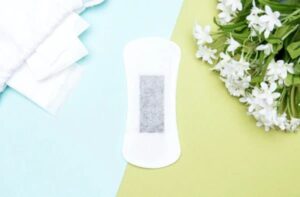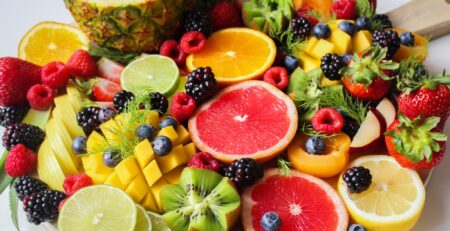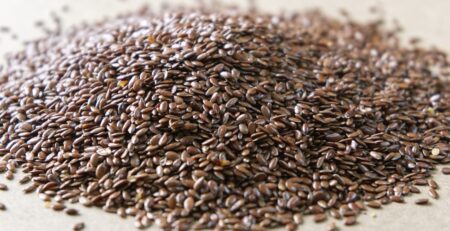Organic Sanitary Pads: A Safer, Softer, and Sustainable Solution
History
The history of sanitary pads goes back to ancient times when women used materials such as grass, moss, animal skins, and even old rags to manage their menstrual flow. However, the concept of modern sanitary pads as we know them today originated during World War I. Nurses discovered that the super absorbent materials used to clean the wounds of soldiers could be used as a menstrual hygiene product.
The first commercially available sanitary pad was introduced in the United States in the 1920s, but it took time for the product to gain widespread acceptance. Even today, in many parts of the world, women continue to use unsafe and unhygienic materials during their periods due to a lack of awareness and access to menstrual hygiene products. It is important to recognize the significance of menstrual hygiene and the impact it has on women’s health and well-being. By educating and providing access to safe and effective menstrual products, we can empower women and promote gender equality.
Dark truth of commercial sanitary Napkins
Sanitary napkins were first developed in the 1920s and were a notable change for women. However, the revelation of the harmful chemicals used in the production of these products was a shock to many. Phthalates and volatile organic compounds, which are used to process and bleach the napkins, have been linked to cancer, hormonal problems, and endometriosis. Unfortunately, none of the sanitary napkins display their contents, leaving consumers in the dark about what they are purchasing.
In addition to the health risks, the environmental impact of sanitary napkins is also a concern. It takes over five hundred years for a single napkin to decompose, making it a danger to both the environment and the user. It is crucial for manufacturers to be transparent about the ingredients used in their products and for consumers to be aware of the potential risks associated with using them. As consumers, we have the power to make informed decisions and choose products that are safe for both us and the environment.
A safer Alternative: Organic Pads

There are various menstrual products available, including tampons and menstrual cups. However, sanitary pads remain the most widely used option. Despite this, there is a significant gap in the market for organic pads. These pads are typically made from biodegradable materials such as bamboo, banana fibers, and Kenaf (a type of green plant).
Unfortunately, since many of these products are produced by small-scale industries, they have yet to gain widespread popularity. Nevertheless, organic pads are a safe and eco-friendly alternative to traditional pads. They are free from harmful chemicals and decompose within 6-12 months.
Organic pads can effectively alleviate rashes, itching, redness, and irritation. These pads are not only soft and breathable, but they also have no harmful effects on hormones and do not contain any cancer-causing substances. Additionally, they are biodegradable, making them an environmentally friendly choice.
Pros of Organic Pads
- Healthier: Organic pads are made of biodegradable materials and do not contain harmful chemicals, making them a healthier and safer option for women.
- Comfortable: Organic pads are soft, breathable, and reduce the risk of rashes, itching, redness, and irritation during periods.
- Eco-friendly: Organic pads decompose in 6-12 months, making them a better choice for the environment.
- Hypoallergenic: Organic pads are less likely to cause allergic reactions as they are made of natural, non-toxic materials.
Cons of Organic Pads
- Availability: Organic menstrual pads are not commonly found in the market and may not be available in a variety of sizes., making it difficult for women to find the right fit.
- Cost: Organic pads are often more expensive than traditional commercial pads.
Key points
- Sanitary pads have a long history, but even in Western societies, their acceptance was not easy. In some cultures, women were using hazardous materials during menstruation.
- Traditional commercial sanitary pads contain harmful chemicals such as phthalates and volatile organic compounds, which can cause cancer, hormonal problems, and endometriosis. They also take more than five hundred years to decompose, which is a threat to the environment.
- Organic pads are made of biodegradable materials such as bamboo, banana fibers, and Kenaf. They are safe for the skin, breathable, and free of harmful chemicals. They decompose in 6-12 months.
- Organic menstrual pads are not commonly found in the market and may not be available in a variety of sizes.
- Organic pads can help overcome rashes, itching, redness, and irritation during periods.
- Doctor’s tip: young girls who experience itching and irritation in the vulval region during periods should consider switching to organic sanitary pads.
Conclusion
The traditional commercial sanitary pads that have been widely used for decades contain harmful chemicals that pose a significant threat to both human health and the environment. Organic pads made of biodegradable materials provide a safe and healthy alternative to traditional pads. While organic pads are not yet widely available and may not come in a variety of sizes, they offer many benefits such as being soft, breathable, and biodegradable. It is essential for women to understand the potential risks associated with traditional pads and consider switching to organic pads for a healthier and eco-friendly menstrual experience.
YouTube Video
In the video, the doctor provided additional information about the health benefits of organic pads, as well as tips on how to choose the best product for individual needs. Click and watch the video.
 dr.aisparth
dr.aisparth


